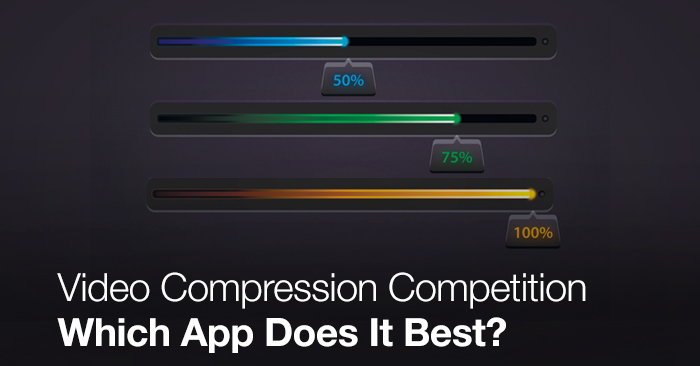
Video Compression Competition – Which App Does It Best?
What are the differences when compressing your videos with a variety of different applications?
More often than not, as editors we tend to follow familiar routines because they’re, well, familiar. We stick to what we know. But our current process might not be the best one. Thankfully some studious editors have been comparing the differences in video compression and transcoding when using a variety of post-production apps and sharing their results online.
In the opening video above you can see for yourself how Divergent Media’s Edit Ready is compared to Compressor, Episode and Media Encoder when transcoding the same file on a 2013 Retina Macbook Pro. Of course, the test was created by Divergent to showcase the superior speed of their software, but it does give a good comparison on how popular encoding/transcoding apps stack up.

Filmmaker and fellow Premiumbeat blogger Noam Kroll shares his findings when comparing a H.264 exports from FCPX and Premiere Pro CC, which also sparked an interesting conversation on Twitter. If you click through to Noam’s blog you’ll be able to see some close up images to compare the exports for yourself, but as Noam summarizes:
On a recent project of mine though, I noticed that when using my standard H.264 settings in Adobe Premiere Pro the result of the final product didn’t look quite right. It was blocky, over compressed, and even the colors seemed a bit off. I even went back and re-exported the file to make sure that all my settings were in place – including checking off ‘Use Maximum Render Quality’, but still I had the same poor results. So I went back to FCP X and did an output using the exact same settings and there was absolutely no question that the FCP X output looked far better. I ran this same test again using Compressor and Adobe Media Encoder and had the exact same results.
If you’re in the habit of exporting your final files for the web through Premiere Pro or Adobe Media Encoder you might want to check if this these problems are also an issue for you.
Adobe Media Encoder Vs Apple Compressor
Interestingly enough editor and trainer, Larry Jordan, shares his insights when comparing Apple Compressor 4 and Adobe Media Encoder CC Version 8 and comes to a very different conclusion. Larry’s post is very detailed and full of handy charts, images and even a pdf download. Helpfully, he specifies the time taken to create each file and the final file sizes too, which can be especially important to know when the client dictates a specific limit. Larry notes that:
Adobe Media Encoder is significantly faster than Apple Compressor. By a lot. And with much better image quality at lower bit rates – Any image will look good at higher bit rates. The real test of image quality during compression is how good an image looks at lower bit rates.
Larry’s article is well worth a read, especially if you have both sets of applications installed on your machine.
Maybe it’s time to think twice about your workflow!






